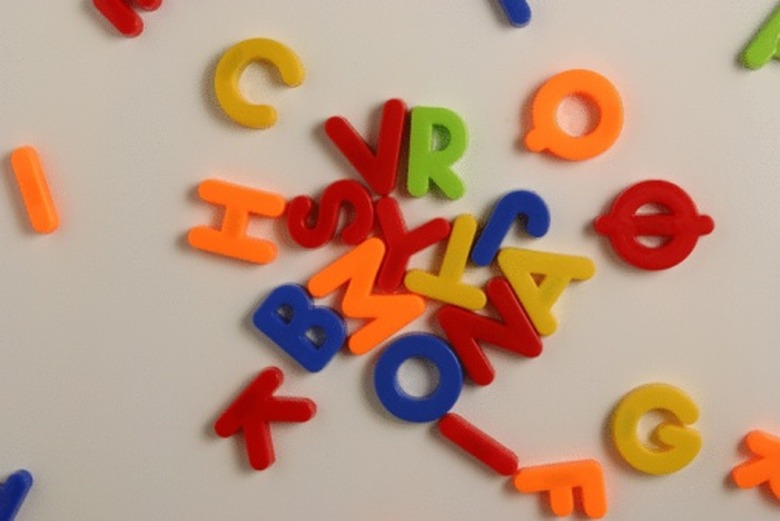Difference Between Rare-Earth & Ceramic Magnets
Rare-earth magnets and ceramic magnets are both types of permanent magnet; they are both composed of materials which, once given a magnetic charge, will retain their magnetism for years unless they become damaged. Not all permanent magnets are the same, however. Rare-earth and ceramic magnets differ in their strength and resilience because they are made from different metal alloys.
Chemical composition
Chemical composition
Ceramic magnets are also called hard ceramic magnets or ferric magnets. They are made from strontium or barium ferrite. There are two types of rare-earth magnets: samarium cobalt (SmCo) and neodymium-iron-boron (NdFeB). SmCo and NdFeB magnets are called "rare earth" because they are made from the rare earth, or lanthanide series, of the periodic table of elements, according to Magnet Man.
History
History
Ceramic magnets have been used since the 1960s. Ceramic magnets were less expensive and more powerful than the aluminum-nickel-cobalt and steel magnets that had previously been in use, and quickly became popular. SmCo magnets were developed in the 1970s and were the first of the rare-earth magnets to be produced. NdFeB magnets became available to buy in 1984.
Strength
Strength
The strength of the magnetic field produced by a magnet is quantified with BHmax, or maximum energy product, which is measured in MegaGauss Oersted (MGOe). The higher the BHmax, the more powerful the magnet. Ceramic magnets have a BHmax of 3.5, SmCo have a BHmax of 26 and NdFeB are the most powerful of the rare-earth magnets with a BHmax of 40.
Resistance to Thermal Stress
Resistance to Thermal Stress
Magnets can begin to lose strength when they are heated beyond a certain temperature, known as Tmax, and should not be operated beyond this temperature. They will, however, regain their strength when cooled below Tmax. Ceramic magnets have a Tmax of 300 degrees Celsius, as do SmCo magnets, and NdFeB magnets have a Tmax of 150 degrees Celsius. If a magnet is heated too far beyond Tmax, it will eventually become demagnetized at a temperature known as Tcurie. When a magnet is heated beyond Tcurie, it will not recover once cooled. Ceramic magnets have a Tcurie value of 460 degrees Celsius, SmCo have a Tcurie of 750, and NdFeB have a Tcurie of 310 degrees.
Durability
Durability
Along with their resistance to thermal stress, magnets also vary in their resistance to other stresses. NdFeB magnets are brittle and difficult to machine. They also corrode easily. SmCo magnets are slightly less brittle and are also difficult to machine, but have a high resistance to corrosion. SmCo magnets are also the most expensive type of magnet. Ceramic magnets are less costly than both SmCo and NdFeB magnets and have good resistance to demagnetization and corrosion.
References
Cite This Article
MLA
Brooks, Lizzie. "Difference Between Rare-Earth & Ceramic Magnets" sciencing.com, https://www.sciencing.com/difference-between-rareearth-ceramic-magnets-8114336/. 24 April 2017.
APA
Brooks, Lizzie. (2017, April 24). Difference Between Rare-Earth & Ceramic Magnets. sciencing.com. Retrieved from https://www.sciencing.com/difference-between-rareearth-ceramic-magnets-8114336/
Chicago
Brooks, Lizzie. Difference Between Rare-Earth & Ceramic Magnets last modified March 24, 2022. https://www.sciencing.com/difference-between-rareearth-ceramic-magnets-8114336/
